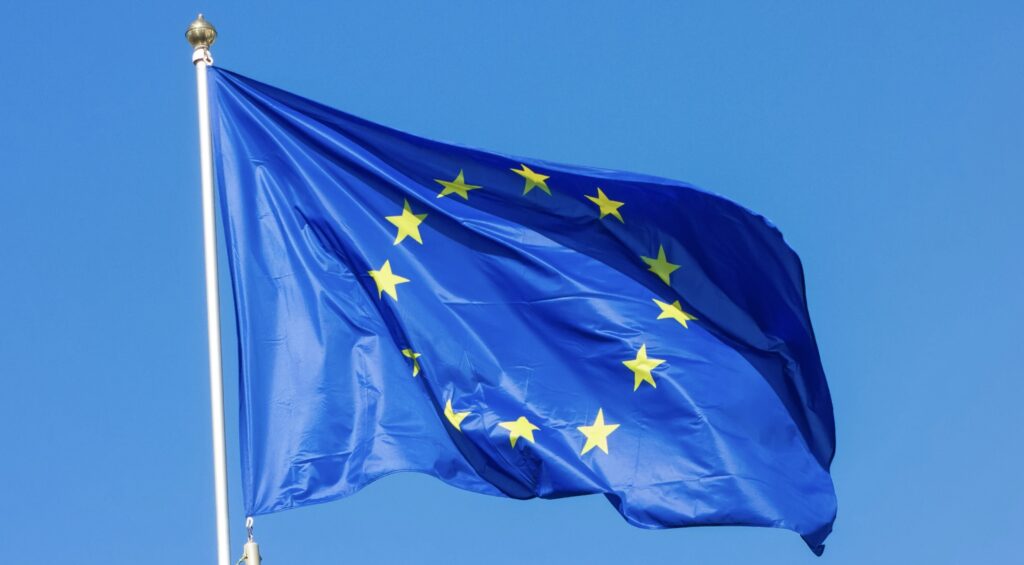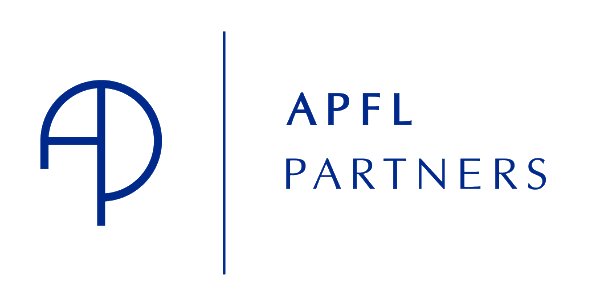EU-Vietnam Promise Greater Cooperation

On 22 October, Vietnam and the EU held the fifth Joint Committee meeting in Hanoi to discuss their bilateral Partnership and Cooperation Agreement, with both sides promising to work towards upgrading their bilateral relationship and increase cooperation in areas ranging from renewables to digital transformation.
EU-Vietnam Trade: A Background
Vietnam remains an important trade partner for the EU in the region. It is the EU’s 17th-largest trade partner in goods – and the largest in ASEAN – with bilateral trade flows reaching almost EUR 65 billion in 2023. Popular EU exports include pharmaceutical products, high-tech goods, vehicles, electrical equipment, and aircraft. Some of the most common Vietnamese goods exported to the EU include footwear, leather products, telephones, electronic goods, clothing and textiles, rice, seafood, and furniture.
However, there is a significant trade imbalance in goods. The EU imported goods worth EUR 47.6 billion from Vietnam in 2023, but exported goods worth just EUR 11.4 billion. That represents a trade gap of EUR 36.2 billion, down from EUR 39 billion in 2022 but up from EUR 27.9 billion in 2021.
Meanwhile, the EU remains one of the largest foreign investors in Vietnam, with a total foreign investment stock of around EUR 14 billion in 2022 – the latest period for which figures are available. The largest sector in which EU countries are invested is industrial processing and manufacturing.
When it comes to trade in services, the picture looks a little different. Unlike goods, where the EU imports more than it exports, the EU sells more services to Vietnam than vice versa. This is unsurprising, considering the nature of their respective economies. In 2022, the EU exported services worth EUR 5.6 billion to Vietnam, importing services worth just EUR 2.5 billion.
The EU-Vietnam Free Trade Agreement
On 1 August 2020, the EU-Vietnam Free Trade Agreement entered into force. In doing so, it ushered in a gradual elimination of tariffs (65 per cent on implementation, rising to 99 per cent over the next decade) and duties alongside a mutual opening of markets, aiming to increase trade and investment.
The European Chamber of Commerce in Vietnam (EuroCham) publishes regular research on the perceptions of its members and their views of the business environment in general and the impact of the EVFTA in particular.
In quarter two of 2024, almost two-thirds of EuroCham members (65 per cent) said the agreement had benefitted their companies. Of these, nine per cent reported a ‘significant’ impact, 18 per cent experienced a ‘moderate’ impact, 23 per cent reported a slight benefit, and 15 per cent said that it had had a ‘marginal’ impact. Less than a quarter (23 per cent) reported experiencing no benefits at all from the agreement.
The reduction or elimination of tariff barriers was the most common reported benefit of the EVFTA (29 per cent). However, EuroCham members also reported challenges including complicated compliance requirements (17 per cent) and local authorities not recognising or accepting international standards (15 per cent).
Bumps in the Road
For instance, despite this positive sentiment, EU companies have faced challenges doing business in Vietnam. The EU Directorate General for Trade reported in October 2022 that pharmaceutical products from EU member states had faced discrimination in Vietnam, with Circular 32 differentiating between the regulatory authorities of individual Member States – granting shorter, simpler registration procedures for some and affecting the participation of others in government procurement.
Following Circular 08/2022/TT-BYT, however, Vietnam now recognises the single regulatory framework – promising equal treatment to pharmaceutical products from within the EU, regardless of which individual Member State it was produced in. Later, in February 2023, Vietnam granted an extension to marketing authorisation for European pharmaceutical products until December 2024, meaning that EU pharmaceutical companies will avoid the long and drawn-out renewal process that had hampered their access to the Vietnamese market.
Topics Under Discussion
The EU-Vietnam Framework Agreement on Partnership and Cooperation, of which the EVFTA is the economic arm, entered into force in 2016. In the latest bilateral meeting under this framework, sustainable development was high on the agenda, in particular, the Just Energy Transition Partnership (JETP) – which we wrote about here.
Launched in 2021, the JETP is a regional initiative to support the transition to renewables, helping countries throughout Southeast Asia move away from fossil fuels and towards sustainable energy sources. Backed by the Asian Development Bank and the International Renewable Energy Agency, it will mobilise USD 15.5 billion in public and private finance from partners including the EU, US, and Japan alongside technical assistance and policy advice to support Vietnam in its net-zero ambitions.
The meeting last month included a commitment from both sides to intensified collaboration on this issue, and also to realising the full potential of the EVFTA.
Disclaimer: This article and its content are for information only and are not given as legal or professional advice. they do not necessarily reflect all relevant legal provisions with respect to the subject matter. Readers should seek legal or professional advice before taking or refraining to take any action.


